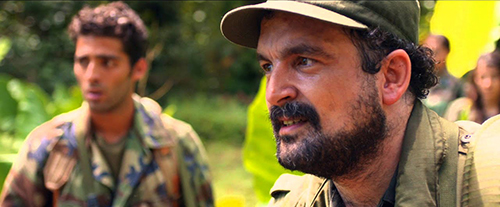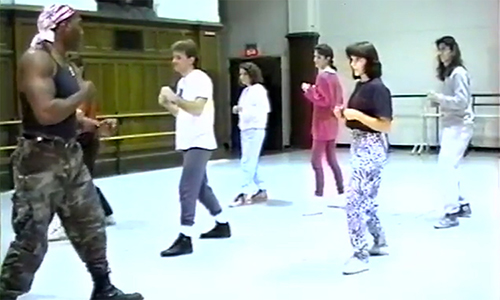
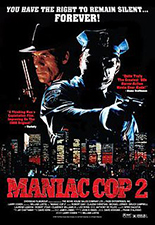 From one Maniac to another — a Maniac Cop this time! — trash director William Lustig is back in the dirtiest of NYC surroundings with this sequel to his 1988 police exploitationer, made only more relevant after 30 or so years of constant brutality from the force. Sometimes art imitates life, I guess.
From one Maniac to another — a Maniac Cop this time! — trash director William Lustig is back in the dirtiest of NYC surroundings with this sequel to his 1988 police exploitationer, made only more relevant after 30 or so years of constant brutality from the force. Sometimes art imitates life, I guess.
For those not following along, while the previous entry had Bruce Campbell and Laurene Landon taking down the hulking behemoth known as the Maniac Cop (Robert Z’Dar), they’re both quickly dispatched within the first half-hour by said insane officer, only to quickly be replaced by Robert Davi and Claudia Christian, both one step ahead on the pay scale.
As the Maniac Cop — now with far more reptilian facial features — randomly kills cops and other citizens desperately in need of help around the Big Apple, he eventually makes a bestest friend in the form of a crazy rapist. While I’m glad the Maniac Cop is putting himself out there and making pals, I have to admit I’m a little bit worried about his new friends.
After the Maniac Cop and his bros commandeer a bus headed to Sing Sing, the Deputy Commissioner (Michael Lerner) is forced via bullhorn to admit he’s the reason the Maniac Cop bought it in the prison showers lo those many years ago. After the Maniac Cop is promised a funeral with full honors, he finishes business the only way he knows how: by jumping out of a window while covered in flames, into a prison bus that quickly explodes, killing him.
Until, of course, Maniac Cop III: Badge of Silence.
As much as I liked the original Maniac Cop — and, really, who didn’t? — I truly enjoyed this next chapter in the trilogy, written by trash screenwriter Larry Cohen, keeping every beat filled with scummy action and tawdry suspense. It’s really hard to find a boring moment in this flick and, believe me, I looked for one.
Forever an unheralded cinematic trio of trash films, Maniac Cop 2 is definitely the best one of the bunch, a movie that thankfully gives a nightstick of spills across the knees and a taser of thrills right in the center of the chest. —Louis Fowler

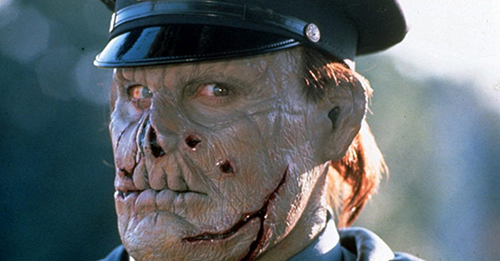

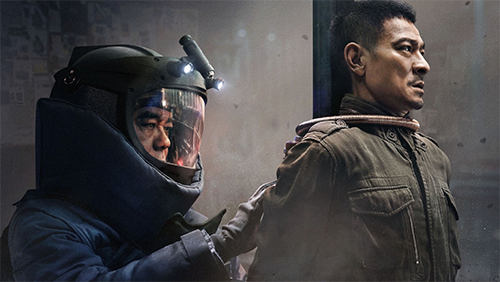
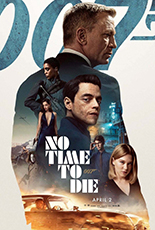 In the opening moments of No Time to Die, Daniel Craig’s fifth and final time as James Bond, the iconic spy visits the grave of Vesper Lynd, the woman who died for his love. Because Eva Green’s Vesper had a hand in 2006’s
In the opening moments of No Time to Die, Daniel Craig’s fifth and final time as James Bond, the iconic spy visits the grave of Vesper Lynd, the woman who died for his love. Because Eva Green’s Vesper had a hand in 2006’s 
 While much hype surrounds No Time to Die being not only Craig’s last time in the tux, but the 25th official film in the series, I’ve seen no writing on the wall regarding its stature as the franchise’s longest entry, at an eon of 163 minutes. Truth be told, its machinations run a level or two too complex than necessary.
While much hype surrounds No Time to Die being not only Craig’s last time in the tux, but the 25th official film in the series, I’ve seen no writing on the wall regarding its stature as the franchise’s longest entry, at an eon of 163 minutes. Truth be told, its machinations run a level or two too complex than necessary.
